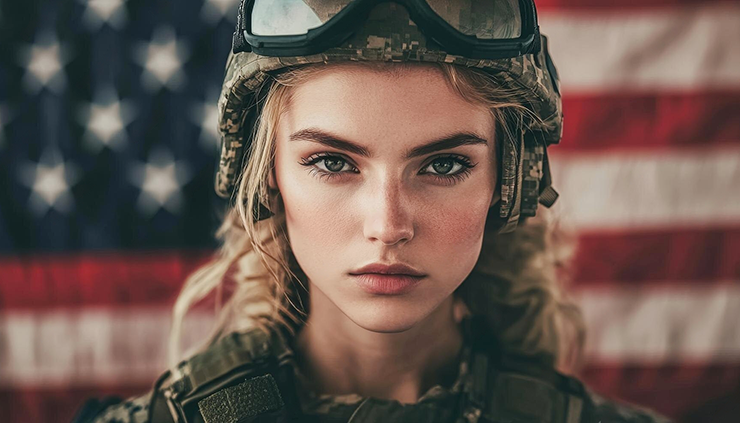
The U.S. military uniform has long been a symbol of strength, discipline, and patriotism. However, beyond its functional purpose, the design of these uniforms has also carried an aesthetic appeal that has influenced not just the soldiers who wear them, but the broader cultural landscape as well. Over the years, military uniforms have evolved, reflecting the changing needs of warfare, the demands of modern technology, and shifts in style and culture.
One of the most iconic elements of the U.S. military attire is its strong emphasis on simplicity and utility. From the camouflage patterns of the Army to the clean, structured lines of the Marine Corps dress blues, every detail serves a purpose. Camouflage, in particular, has undergone numerous iterations, with the goal of blending soldiers into different environments. What was once a purely utilitarian design choice has, over time, influenced fashion trends in civilian life, with camouflage patterns appearing on runways and in streetwear.
Another key aesthetic feature of the U.S. military uniforms is the use of insignia and decorations. Medals, patches, and rank insignias not only serve to indicate a soldier’s rank and achievements but also contribute to the overall visual impact of the uniform. These embellishments create a sense of history and tradition, and their precise placement and design reflect the military’s strict attention to detail. The minimalist yet powerful use of color—often restricted to blacks, greens, and blues—adds to the formal and authoritative appearance, highlighting the military’s emphasis on order and discipline.
The silhouette of the U.S. military uniforms is another important aspect of their design. Whether it’s the sharp, fitted look of a dress uniform or the more relaxed, practical fit of combat fatigues, the cut of these garments has been carefully considered. Dress uniforms, in particular, have a regal and almost ceremonial appearance, with their crisp lines and polished finishes. The Marine Corps dress blues, for example, are known for their striking contrast of deep blue and red trim, creating a timeless, dignified look.
Over the decades, the aesthetics of military uniforms have influenced civilian fashion in subtle ways. The military jacket, bomber jackets, and cargo pants are just a few examples of pieces that have crossed over into mainstream style. The disciplined, structured designs that define military wear have come to symbolize confidence, authority, and a certain rugged charm in the fashion world.
In conclusion, while the primary function of the U.S. military uniforms is practicality and utility, their aesthetic appeal is undeniable. The blend of functionality, tradition, and design continues to leave a lasting impression not only within the military but also in wider cultural and fashion contexts.
The post Aesthetics of the U.S. Military Uniform: A Blend of Function and Form appeared first on The Fashiongton Post.
